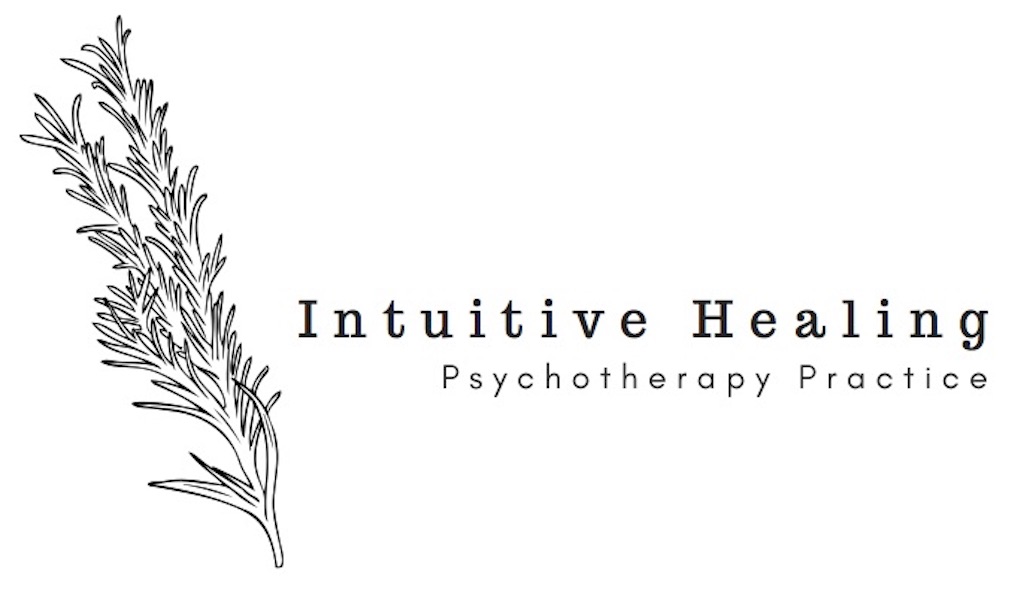EMOTIONS
Julia Papale, Advanced Clinical Fellow
Emotions can be scary. Many of us will use every strategy imaginable to avoid feeling our emotions. Oftentimes the idea of feeling the emotion is even scarier than moving through it and letting it pass over us like a wave, as it eventually will. We develop an immense amount of fear around our emotions, and this is what feels unmanageable.
So, we come up with defenses to protect ourselves from this impending pain – from the loneliness, the rejection, the sadness – or to help us push down the emotions that we feel bubbling up but can’t imagine facing. Anger, for example, often serves to mask pain, shame, or any other emotion that feels unsafe and serves as a more suitable way to express ourselves than an alternative, more vulnerable state. Some of us might attempt to use our bodies as a vehicle for love and acceptance to prevent rejection or deep feelings of unworthiness. We may use self-sabotage to avoid feelings of pain or incompetency, or perfectionism to escape feeling inadequate. Maybe we judge others or put them down to conceal our own insecurity. Other, more tangible defenses might include using food, substances, shopping, sex, over-scheduling, or scrolling on social media to keep from having to look our emotions straight in the face.
The problem is, the farther down we shove our emotions, the more disconnected we become from ourselves, and just because we keep them at an arm’s length doesn’t mean they go away. They must ultimately be experienced, or they will continue to pop up in ways we can’t foresee or control, while we play whack-a-mole with every defense we can muster. It’s comparable to a big beach ball that we can shove underwater for as long as possible until eventually we let go because our arms get tired. As soon as we do, the ball bounces right back up to the surface.
For some of us, our emotional vocabulary is minimal, which makes it even more difficult to identify our feelings. This is especially the case if we were never taught this sort of language as kids – how to express how we were feeling or engage in constructive, feelings-focused conversations. In this instance, I always encourage the use of an emotion wheel, which can be a helpful tool in expanding our emotional vocabulary and serve as a reference point as we learn to familiarize ourselves with what it is that we feel.
Another helpful tool is knowing that emotions begin in our body before our brains can identify the sensations and make meaning of them. If we can tap into our physical sensations and bodily cues to begin to cultivate an inner body awareness, we can become more in tune with our emotional experience from the get-go before our minds begin to add story and emotionality based on past experiences and narratives.
It's also important to understand that emotions serve a purpose, they motivate us to fulfill our needs. As we become more acquainted with our emotional experience, we can ask ourselves what it is that we really need in any given moment. If we’re lonely, maybe we want to call a friend. Insignificant? Maybe we want to get into nature. Feeling fragile might call for finding a safe, soothing environment; feeling anxious might call for deep breathing or meditation. If we’re feeling shame, maybe we need to tell someone about it. The list goes on, but the point is, we all have different needs, and the more we practice attuning to ourselves, the better equipped we will be to attend to these needs when our emotions inevitably arise.
